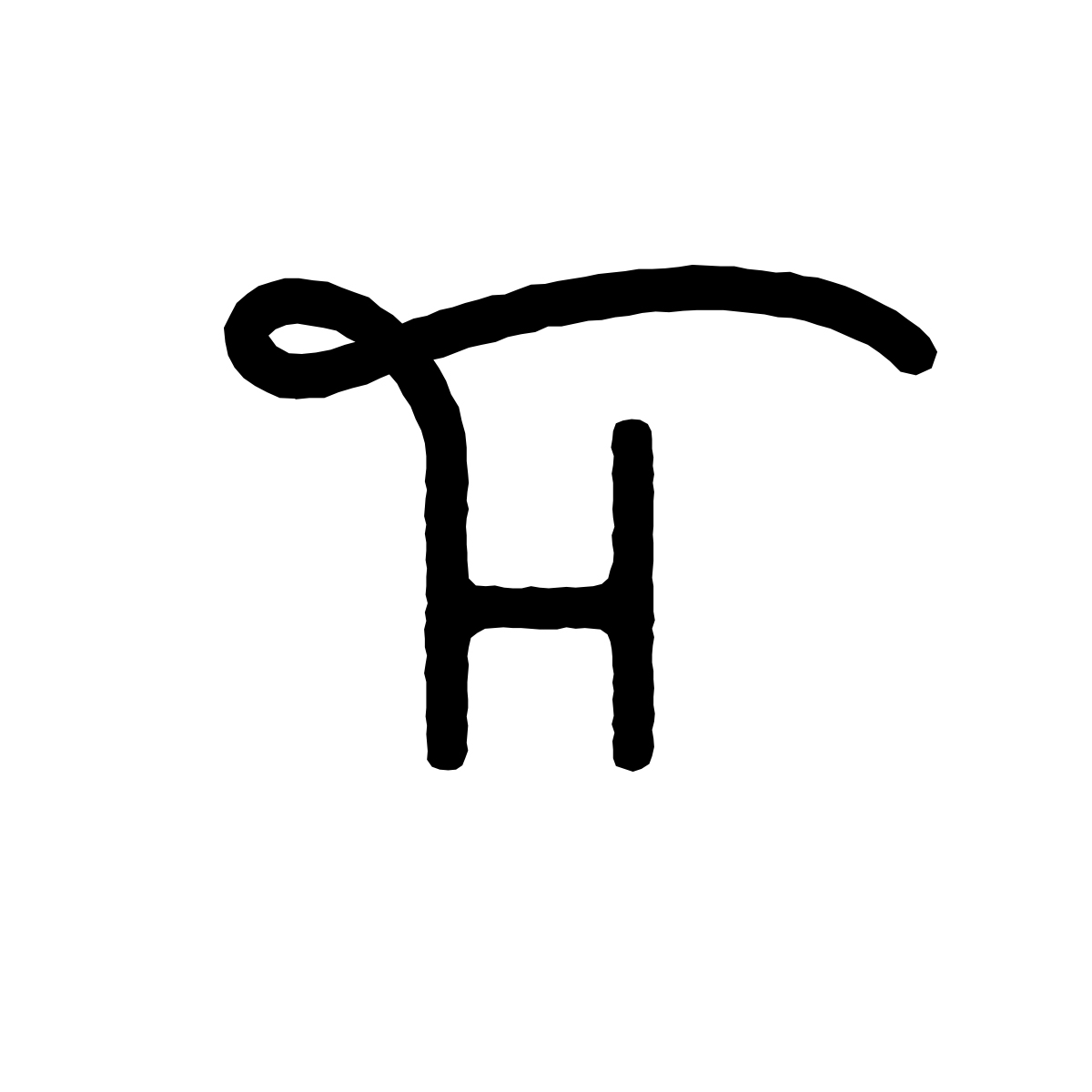The Doll Her Mother Never Had
“When you are forced to go somewhere and start your new life, you know that you are leaving…everything permanently and you will never have it back. So objects are very important because they are symbols of your past, of your family past.”
The Subjects
Aga was born in Poland in 1971. Her family is originally from Lithuania. In 1945, when the Soviet Union took over Lithuania, her family had a choice: either become Soviets or “repatriate” to a new country. They were given six hours to decide and to pack. They took only essentials and were put on a train without knowledge of its final destination. Eventually they settled in Poland. Though Lithuania was only 8 hours away, Aga’s family was not allowed to return to visit the relatives they’d left behind. Only when Aga was in her teens did she meet her extended family. After college, Aga visited a friend in the United States and decided to stay. She carried only a small suitcase. A few months after settling in the US, she met her future husband, Armen.
Armen was born and raised in the United States, but his life and his family are rooted in the Armenian culture. In 1915, Armenians lost their country to Turkey and lived, as Aga says, “in diaspora.” Armen’s mother’s family eventually resettled in Beirut, his father’s family in Damascus. In the 1950’s, Shushan (his mother) and Shahan (his father) met and married in Chicago. Neither had ever set foot in their homeland, but had found each other.
Today, Aga and Armen live in Chicago with their two sons, Tadeusz Yeraz (13) and Eliasz Voki (8).
The Objects
The Rug
Called a Soumak, it was hand-woven in the 1850’s by the women in Armen’s family.
“Armen’s mom told me that whenever they traveled they were simply moving from one country to another. In Armenian tradition you always have to have a few items to start your new life. The first one was exactly what they bought: the Soumak…it was something you started your home with. You put it on the ground and…it is your floor from home. So the building, it becomes a home with this colorful rug. Or you can cover yourself with it. Or you can decorate the place. And because of many threads and many colors, the rug tells its own story. So you are living with the object next to you that is prolonging and continuing the story that was interrupted by your emigrating…When you are forced to go somewhere and start your new life, you know that you are leaving…everything permanently and you will never have it back. So objects are very important because they are symbols of your past, of your family past.”
The Photographs
1) Aga’s grandmother, Irena, and her mother, Alina, at 2 years of age. 1952
“…my mom has an apple but she doesn’t have a doll. Because she didn’t have toys…They were pretty poor.”
2) Aga’s grandmother, Irena.
“In both pictures if you look at my grandmother…she doesn’t really smile. And she looks the other way…she never, ever smiles. She never looks happy. She always looks like she’s missing or longing for something.”
The Doll
“I collect rag dolls. I don’t have many in my collection because I try to choose them quite wisely…if I find one that speaks to me I buy it. I have several…This one is the most important one because it is the invisible doll that my mother never had. And when I found this one, it was like I saw my mother in the picture. She reminds me so much of my mom. The doll she was longing to have but never did have as a child…it belongs to my mother, but only in a metaphorical sense.”
The Questions
1) What would you ask the owners of these objects, if you could speak to them today?
“What do you think makes us happy?’ Because that’s what everyone wants: we all want the same, then and now. And if we gather enough answers maybe we can have the common key to happiness? Or maybe not. But I would like to ask them: ‘What made them happy?”
2) What lessons or ideas do these objects communicate that you hope your children will carry through their lives?
Aga answers with a poem:
“‘’ Tale about love of the homeland “
by Wislawa Szymborska ( 1954 )
It is possible to live without this love
to have a heart as dry as a nut
to drink a tiny fate from a thimble
far from the griefs and consolations. (...)
What kind of love they are missing
that they are like a burnt out window,
broken glass, dispersed smoke,
Like a tree that has fallen suddenly,
which grew to shallow into the ground
whose roots were ripped out by the wind. (...)
Oh native land, oh land so fair
I won’t be a fallen tree.
Every day I grow stronger into you
through joy, sadness, pride and anger.
I won’t be as the torn thread,
I reject the empty sounding words.
One cannot love you and live,
but one cannot bear fruit. (...)
”













